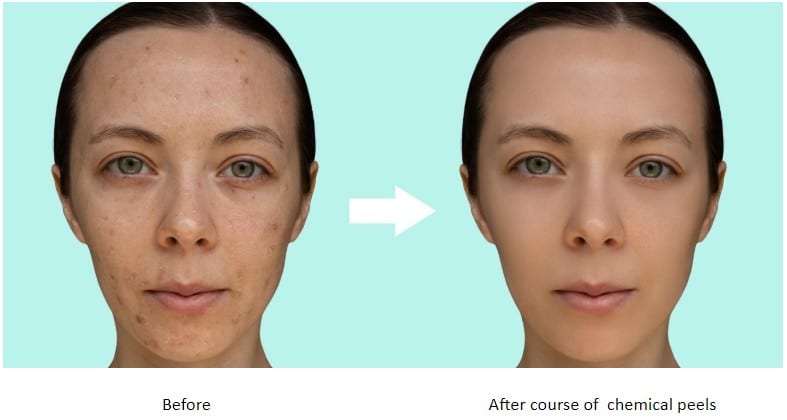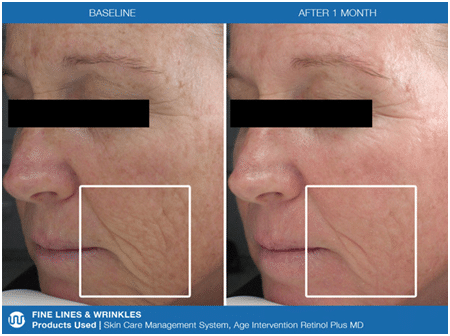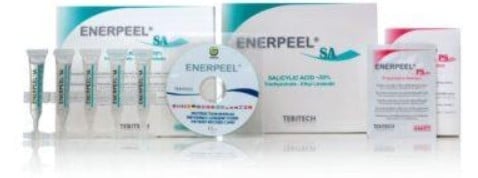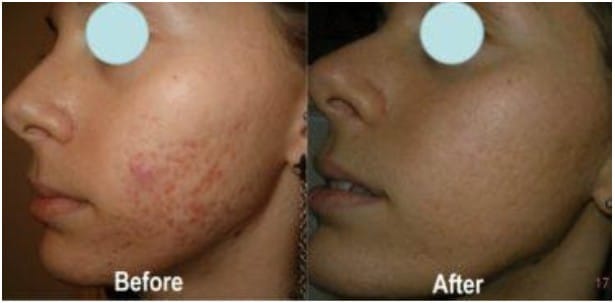Chemical Peels Treatment
Solihull Medical Cosmetic is a specialised chemical peel clinic that only carries out medical-grade doctor-supervised chemical peels. We offer a wide range of different types of peels that can be carried out stand alone for facial rejuvenation or combined with other treatments such as laser for optimal results. We have carried out several thousand peels safely.

Chemical peels offer a non-aggressive approach that may improve the superficial layers of skin to combat common skin problems like textural changes, scarring, pigmentation, spots, skin ageing and acne. By applying a medicated acid to the skin, a controlled reaction to the skin may cause a series of changes. these chemical peel treatments may promote new cell growth and the removal of dead skin cells, and may also improve and hydrate the skin at the same time. The acid from the peel removes dead cells sending a signal to the living cells to multiply thus increasing the amount of collagen production giving you the finished appearance of smooth and revitalised skin.
Chemical peels have been around for many years and together with a suitable skin regime have given amazing results to many patients. Our clinic has carried out many peels which can only be administered by a doctor or specialist nurse. The strengths of the acids used are much stronger than in beauty salons and therefore may achieve better results. We carry out superficial peels with little or no downtime, and medium depth aggressive peels with more down to help those with more damaged skin. Rest assured the chemical peels are a safe and trusted method to rejuvenate all types of skin and skin colours.
Glycolic acid peels
Glycolic acid is derived from sugar cane. Glycolic acid may loosen the “glue-like” attachments (cellular cement) that is characteristic of many skin conditions such as ageing, acne, skin discolouration and coarse texture.
Removing cells using this specific chemical peel may lead to better skin complexion and texture, clear pores and reduce the appearance of fine lines.
Therefore when using the following glycolic and chemical peels it may be possible for these peels to achieve better results. Following a skin assessment, a home skincare programme is created which is specific to the individual. Simple, safe, non-invasive and in many cases unbelievably effective – glycolic peels are a fabulous route that may improve the condition of your skin without the need to take time off work.
How Many chemical peels are needed?
A course of six glycolic peels is recommended for optimum results over a six to twelve-week period. Dr Sagoo and our Advanced Nurse practitioner will recommend a treatment programme for each individual.
What can a glycolic acid peel achieve?
A gentle glycolic acid peel can be performed with varying percentages of glycolic acid. After just a few weeks your skin may look brighter, clearer, and dry skin may hydrated and smooth. Glycolic acid may help to reduce cell “build up “at the lower levels of the skin. This facial procedure will resurface the skin, which may give dramatically softer, smoother texture and reduce fine lines and wrinkles.

Salicylic acid peels

Tebiskin skincare range (Doctor led clinic only )
Acne is a skin disease that involves the oil glands at the base of hair follicles. The glands are stimulated by male hormones produced by the adrenal glands of both males and females. Hormonal changes lead to the skin becoming sensitive to a hormone known as DHT. The skin responds by increasing sebum production and decreasing natural skin cell shedding, meaning that dead skin cells clump together and form a plug in the pilosebaceous duct.
The skin bacteria start to digest the plug and produce by-products which cause inflammation. Bacteria are therefore not the cause of acne but it is their response to the changes in the skin which leads to spots. The Solihull Cosmetic Clinic has a range of products and treatment protocols designed to help control the symptoms and causes of acne.
-
TEBISKIN® Gly-Clean
– is a delicate cleanser with a keratoplastic effect designed to cleanse the skin in preparation for treating acne where the skin is congested, with blackheads, whiteheads and where hyper keratinisation and hyper cornification may be an issue. Sensitive or angry skins may benefit from Tebiskin® Sooth-clean.
-
TEBISKIN® Sooth-Clean
– is a delicate cleanser with anti-inflammatory properties specifically designed to cleanse skin post-treatment. TEBISKIN® Sooth Clean is particularly appropriate for patients with angry or sore sensitive skin. Uses non-detergent based cleansing agents.
-
TEBISKIN® OSK –
for the control of acne and seborrhea; especially inflammatory acne. It is designed to inhibit inflammation, have a significant antibacterial effect and slow sebum production rates. It may also exhibit a comedolytic effect to reduce skin thickening.
-
TEBISKIN® UV-OSK –
for UV protection in acneic patients, and also helps to deliver an anti-acne activity by inhibiting bacterial colonisation and resisting the hydrolysis of triglycerides and the consequent release of pro-inflammatory free fatty acids. SPF 30 UVa and UVB.
Enerpeel® Salicylic Acid –
- Designed to break down oil and surface debris in acne skin
- introduces three key ingredients that may help to control inflammation
- may reduce bacterial populations
- may reduce oil production

Jessner Chemical Peel
How can the Jessner Chemical peel benefit your skin?
Like all other chemical peels, the Jessner peel is done by brushing an acidic liquid onto the skin to remove the top layers and encourage new, younger-looking skin to grow.
The Jessner peel is effective for
- reduce dark spots even out skin tone
- reduce the appearance of scars
- smooth fine lines and wrinkles
- treat melasma (skin discolouration), hyperpigmentation acne scars.
While many chemical peels can cause lasting discolouration on darker skin, modified Jessner’s solution safely and effectively reduces melasma and pigment imperfections in darker skin.
How does the Jessner peel work?
The Jessner peel works by removing the top layers of skin to reveal smoother, more even-toned skin beneath. How deep the peel penetrates depends on what kind of chemical peel you get — superficial, medium, or deep.
The Jessner peel is typically a medium peel, which means it removes skin cells from the top layer of your skin, the epidermis, and the upper portion of the middle layer, the dermis. However, it can also be used as a superficial peel, which has a faster healing time but needs to be performed more often to get the results of a deeper peel.
Regardless of the depth, the peel is made up of a mix of lactic acid, salicylic acid. The Jessner solution is also frequently added to other peel solutions to increase their effectiveness on scars and pigmentation.
Chemical peels from a doctor-led cosmetic clinic are more likely to give you significant and longer-lasting results without the worry. Medium peels like the Jessner should always be performed by a
People with darker skin tones, in particular, should always go to an experienced advanced doctor-led cosmetic clinic for any peel, including the Jessner, to prevent permanent pigment problems and other side effects. the Jessner peel is safe in all skin tones including darker skin
What to Expect During the Chemical Peel Procedure
We will begin by cleaning your skin thoroughly to remove any oil or products.
They may also cover your eyes with tape, goggles, gauze, or ointment and cover up your hair if you’re treating your face. The peel is applied with gauze, a brush, or a cotton-tipped applicator. The treated skin will begin to look frosted and whiten. You may feel burning or stinging.
After three to five minutes, we remove the peel and apply a cool compress and lotion to soothe your skin.
Chemical Peel Side Effects
While everyone will experience some side effects from the peel, complications are more common with people of darker tones. These include:
- Redness and swelling.
- Peeling.
- Stinging or burning.
Rare complications include:
- Permanent darkening or lightening of the skin.
- Scarring or infection.
What to Expect After a Chemical peel
After the peel, your skin may continue to burn or sting for 20 minutes or more. Your skin will be red, swollen, and tight for the first 24 hours or so. After that, the swelling will go down and your skin will begin peeling.
Your skin may darken or even develop brown patches during this time, but the spots rarely stay after the skin has healed. Once the skin begins peeling off, new smooth skin will be revealed.
It can take five to seven days after a medium peel to develop new skin, and the redness can last for months in some cases. Generally, it will take 7–14 days to heal completely and see the full results of the peel.
However, the results aren’t permanent. Your skin will continue to age with time and sun exposure; acne can create new scars, and you may develop new spots of hyperpigmentation.
From treating acne to reducing the appearance of freckles, sun damage, dark spots, and scars, the Jessner peel can leave you with smoother, more even-toned skin.
Skin care products
The clinic offers a full range of medically proven skincare products. We only use skin products that are evidence-based and not normally available in small salons or stores.
It is important to have a personalised skin regime suitable for your particular skin. Dr Sagoo and his skin nurse will discuss with you what type of skin products are suitable for you to maintain your skin’s vitality.
For further information please contact us on 03300 417 494.
